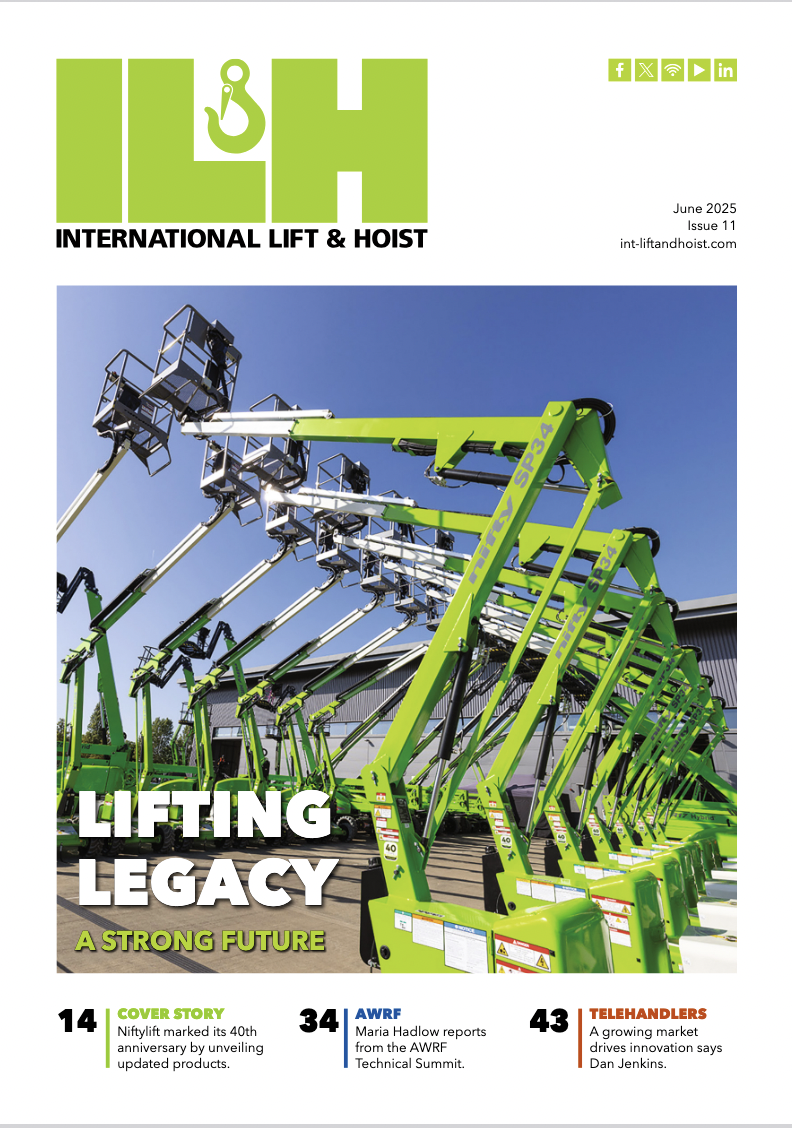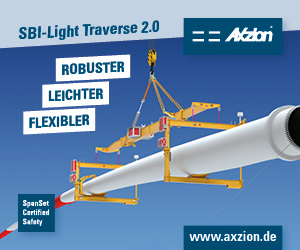Barnhart Removes and Replaces Components at Nuclear Plant
At its annual conference, the Specialized Carriers & Rigging Association (SC&RA) announced the winners of the Rigging Job of the Year Awards. For the job over $750,000 category, Barnhart Crane and Rigging, Memphis, Tenn., won for its removal and replacement of large components at Point Beach Nuclear Station (PBNS) in Two Rivers, Wis.
Barnhart Crane and Rigging was contacted about the nuclear plant upgrade project, which called for removing and replacing four feedwater heaters, a condensate cooler, and two main feed pump/motor skids inside the condenser shells of both units of the power station. However, in many places, the flooring of the facility would not support the weight of the feedwater heater. Plus, height restrictions added major challenges.
The general contractor for the plant upgrade was Bechtel Power, with Barnhart working as a subcontractor to Bechtel. The upgrade would result in two power units receiving a 17 percent increase, equal to 260 additional megawatts thermal (MWt).
Barnhart’s scope of work was to provide design fabrication and field engineering, project management, field supervision, operators, equipment and rigging for the removal and replacement of the components in two units. The most challenging task for Barnhart was to remove and replace four feedwater heater vessels weighing up to 124 kips through a very challenging travel path. The feedwater heater vessels measured 42 feet long by about 6 feet in diameter and weighed approximately 124,000 pounds.
Barnhart’s plan for the project was to cut doors into the side of the building in order to pass the feedwater heaters in and out using the company’s signature Tri-Block rigging system. In the building, there were numerous obstacles and elevation limitations, plus the floor limitations. Lightweight grating and floor beams would not support the feedwater heaters’ 100 pounds per square foot. The feedwater heaters had to slide through the facility on a tedious obstacle course that involved raising, lowering and rotating.
Critical to the removal and replacement of the feedwater heaters was Barnhart’s design of a host of new tools. All of the tools developed for the job were tested and retested at Barnhart’s Memphis facility. Among these tools was a sliding gantry and track system used inside the plant. The system required four jacks per gantry for a total of eight jacks in each bay, double acting jacks, a light slide system to run each gantry leg, slide shoes on top of each header beam and 28 LP/HP hose connections and two multi-purpose pumps.
Barnhart also designed a crossing gantry track system to allow the heaters to move through the plant safely. Additional innovation involved the creation of a sliding swiveling rigging device (SSRD), which allowed the long, narrow heaters to be rotated when fully suspended by the SSRD and two legs of gantry.
Barnhart also designed a gantry saddle system for holding the new heaters in place during lifting and installation. Rigging innovations included the use of air skates, jacking and traditional sliding, sliding gantry and sliding heater links.
To move the feedwater heaters in and out of the building doors a 500-ton capacity all-terrain crane was used on the outside of the building. The heaters were transported into and out of the facility on Barnhart’s Goldhofer self-propelled modular transporter (SPMT) systems.
The engineering of the project required 5,000-plus man hours, including methodology, concept design, interference identification, integrated planning with Bechtel and the owners, fabrication design, new equipment mockup and testing and field-based risk management. For the project more than 200 engineering drawings were submitted.
The key distinction on this job was the overall limitations imposed including contractual limitations; time/schedule limitations including a crunched planning schedule and critical path activity; physical limitations including ground, floor, ceiling and condenser structure bearing limitations, travel path limitations, quarter inch clearances of immovable plant, and single pick point required on Unit 1 heaters; and weather limitations including rain, cold and blizzard conditions and consistent wind gusting.
Working in a nuclear environment requires above and beyond safety measures. For the job Barnhart provided an overall job risk assessment, provided new tools that would assure safer operators, employed full time safety champion on each shift, performed two-minute drills, instituted continuous improvement cards and participated in a plant observation and rapid trends program.
The job involved 22,300 Barnhart man hours plus 30,000 more Bechtel craftsmen hours under Barnhart’s supervision, no first aids, no accidents or recordables and no lost time accidents.*











